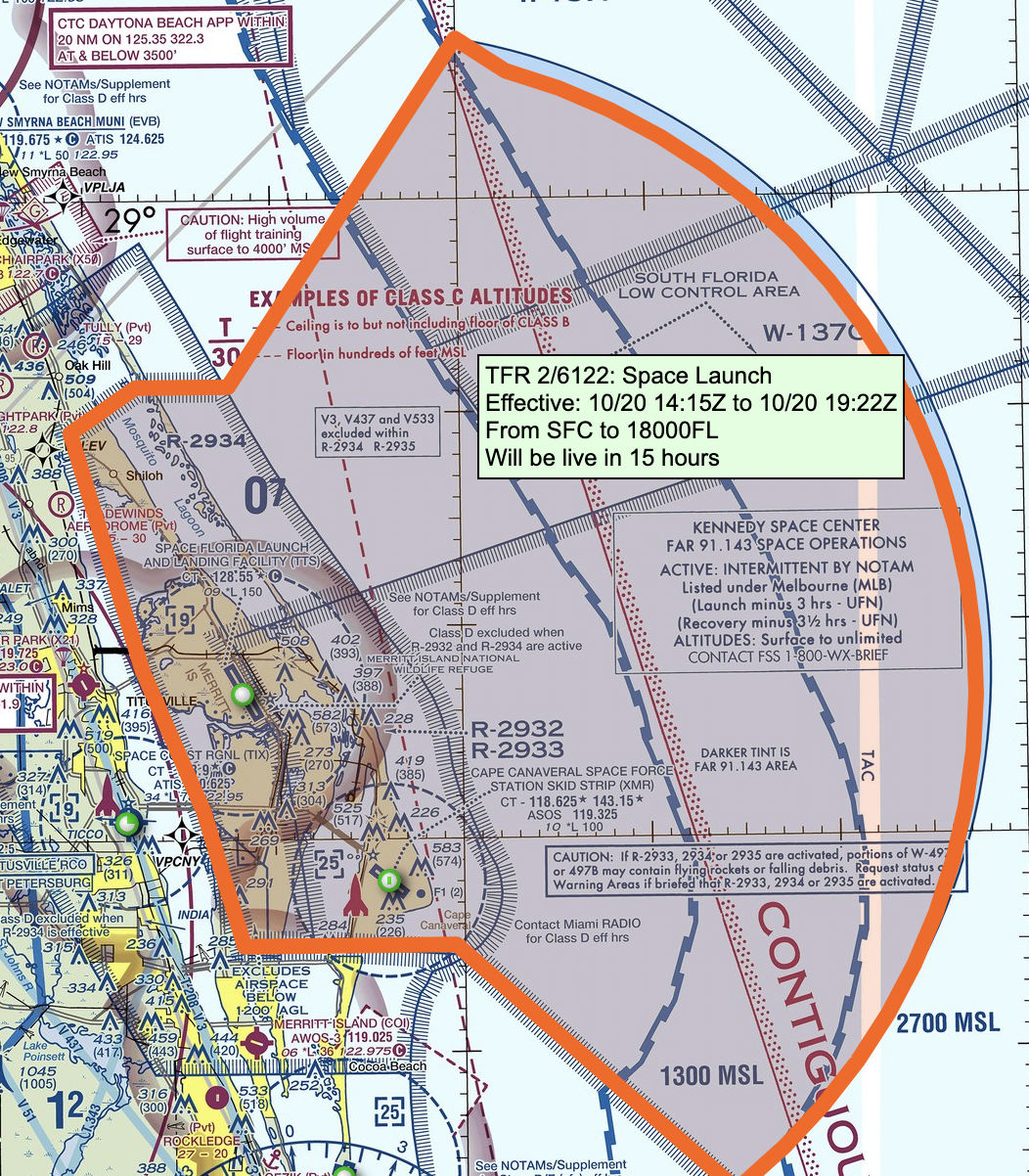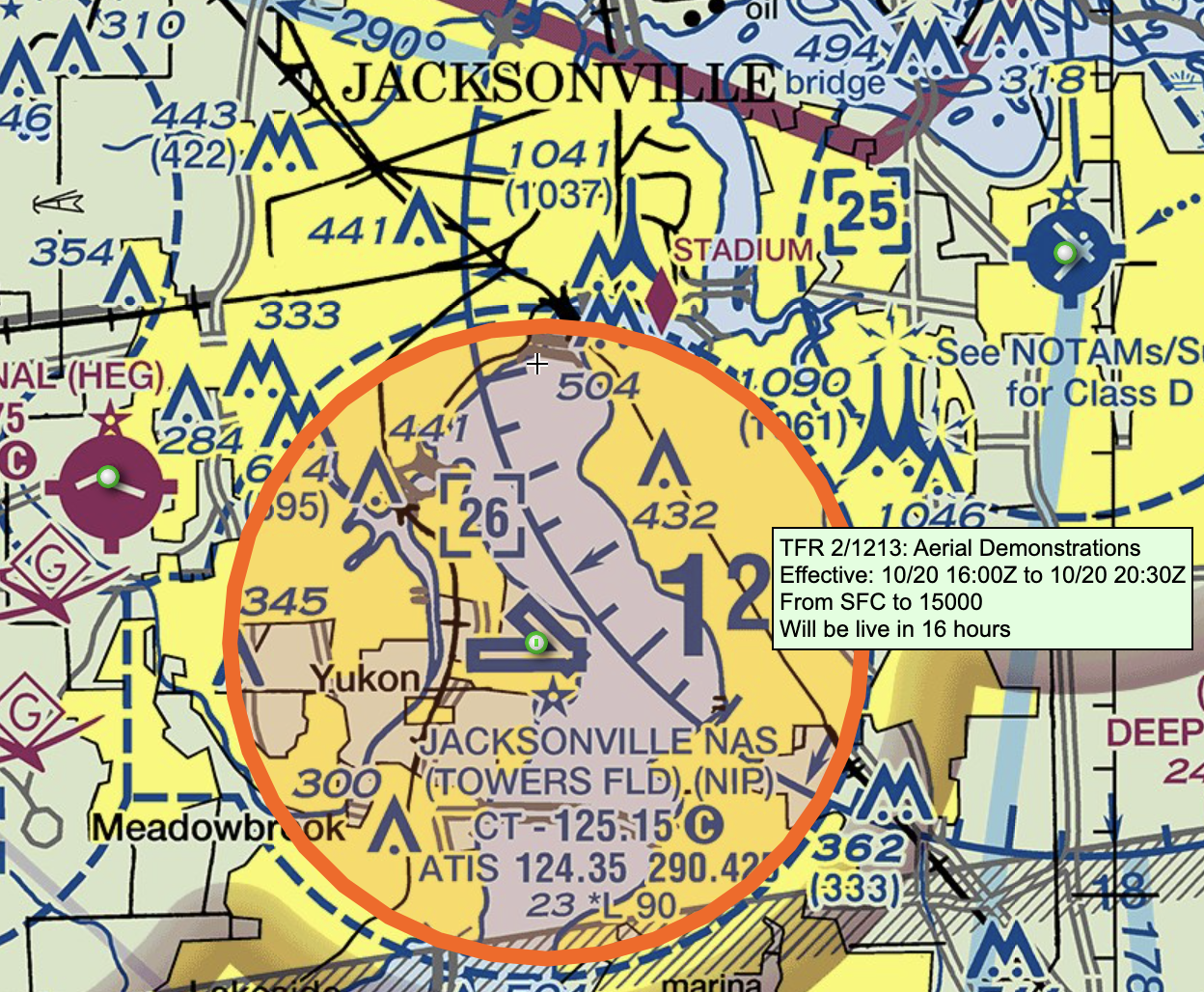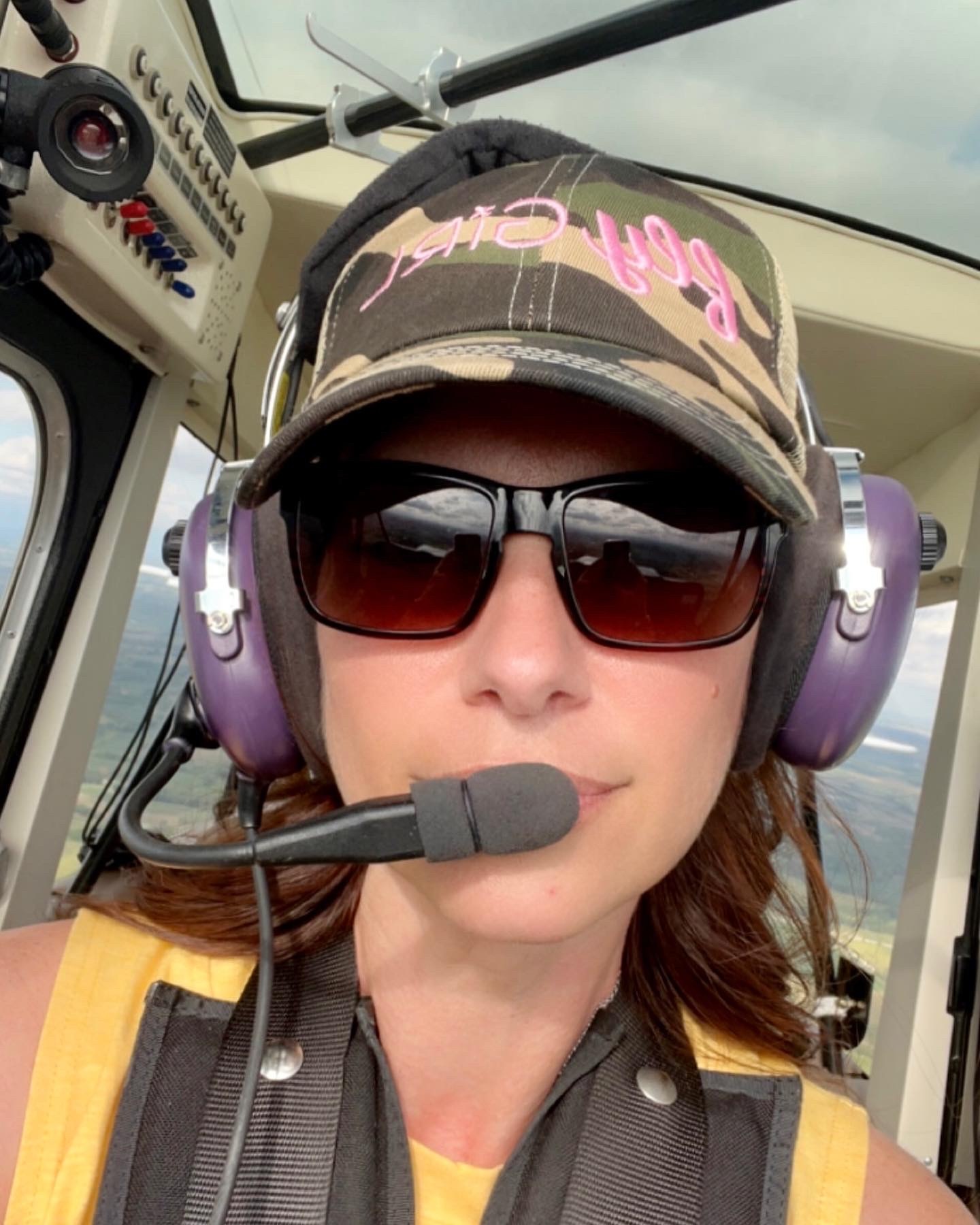
What does temporary flight restriction mean? The term “temporary flight restriction” or TFR shouldn’t sound fancy to you if you happen to be a pilot. A necessary term for the aviation industry. TFRs regulate aircraft movement in airspace where no airplane is allowed to fly freely.
Occasionally, in some instances, pilots are allowed to fly within the restricted area with strict regulations, some TFRs may even restrict any movement. If you’re looking for more information about TFR, here is the guide you should check out. Let’s first start with what TFR means in aviation.
What Is Temporary Flight Restriction (TFR)?
Temporary flight restrictions are a type of Notice to Airmen (NOTAM) issued by the Federal Aviation Administration (FAA) to regulate airplane operations within a particular area. Therefore, as a pilot, you must check NOTAMs before every flight to:
- Prevent aircraft from surface-based hazards such as gas spills or volcanic eruptions
- Restrict aircraft movement during special events, for example, the movement of government VIPs or any unusual occurrences
- Restrict flights through particular airspace for national security reasons flight.
The restricted airspaces are known as “temporary flight restrictions” and can be announced on short notice in an emergency.

Some Of The Latest TFRs Issued By The FAA
Below are some TFRs issued by the FAA. For the complete list, you can check the official FAA TFR page.
| Date | NOTAM | Facility | State | Type | Description |
| 09/09/2022 | 2/5132 | ZLC | UT | Hazards | SALT LAKE CITY, UT, Friday, September 09, 2022, UTC |
| 09/09/2022 | 2/5111 | ZJX | FL | Space Operations | CAPE CANAVERAL, FL, Monday, September 12, 2022, through Tuesday, September 13, 2022, UTC New |
| 09/09/2022 | 2/5110 | ZMA | FL | Space Operations | CAPE CANAVERAL, FL, Monday, September 12, 2022, through Tuesday, September 13, 2022, UTC New |
| 09/09/2022 | 2/5107 | ZJX | FL | Space Operations | CAPE CANAVERAL, FL, Sunday, September 11, 2022, through Monday, September 12, 2022, UTC New |
| 09/09/2022 | 2/5095 | ZMA | FL | Space Operations | CAPE CANAVERAL, FL, Sunday, September 11, 2022, through Monday, September 12, 2022, UTC New |
Why Are TFRs Declared?
Now that you’ve understood the TFR meaning, you must wonder why TFRs are declared, right? Here’s the answer.
A TFR can be requested by the following, Federal security agencies, Civil defense directors, coordinators of relief operations, Emergency responders, Law enforcement agencies, FAA Flight Standards District Office (FSDO), and Sports event organizers
However, only the FAA or the Directors of Terminal or En Route and Oceanic Area of Operations have the authority to issue the TFR. Specifically, there are eight types of TFRs used throughout the NAS, and knowing the reason for each helps alert pilots, which is discussed in the following section.
8 Types Of TFRs and Their Meanings
Section 91.137a(1)
TFRs issued under this section are necessary to safeguard persons and property on the ground in the airspace from possible hazards. These include toxic gas leaks, spills, volcanic eruptions, nuclear accidents, etc.
Additionally, this section ceases all the aircraft in that area unless it’s a part of a relief activity and operated under the direction of the official in charge of field emergency response activities. The dimensions of these areas may vary from 3 and 5 NM (in radius) and extend upward to 3,000′ or 5,000′ AGL.
Section 91.137a(2)
TFRs under this section are issued to furnish a safe setting for disaster relief aircraft operation. As these restrictions stop all those non-participating traffic away to give space to aircraft involved in relief activities or rescue operations. These restrictions may last for hours or some days based on the nature of disaster and relief activities.
Section 91.137a(3)
Next, TFRs under this section are issued to stave off risky congestion of sightseeing aircraft above formidable incidents of limited duration. These include aircraft accident sites that generate a high degree of public interest. Only the participating aircraft can operate in such areas.
14 CFR Section 91.138
Also, TFRs issued under this section restrict flight in national disaster areas in Hawaii. The restrictions issued under this section are not far-reaching. However, if you are flying on the Hawaiian island, check Notices to Airmen (NOTAMs).
14 CFR Section 91.141
Next, TFRs issued under this section are used to protect delegates such as Presidents, Vice Presidents, or other public figures while traveling throughout the United Nations.
14 CFR Section 91.143
TFRs issued under this section are to prevent the environment from space launch operations.
14 CFR Section 91.145
TFRs issued un der this section are to manage aircraft operations near major sporting events and aerial demonstrations.
der this section are to manage aircraft operations near major sporting events and aerial demonstrations.
14 CFR Section 99.7
Additionally, TFRs issued under this section are for Special Security Instructions (SSI) to ensure national security. It’s issued in response to threat assessments affecting major sporting tournaments, such as the World SeriesTM, and significant national landmarks, such as St. Louis Arch, Mount Rushmore, the Statue of Liberty, etc.
How To Avoid TFRs?
Due to their variable nature, TFRs put the responsibility on pilots to avoid them. Therefore, each pilot needs to have complete information related to that particular flight. It’s the responsibility of the pilot-in-command (PIC)to know if any TFR exists and have an alleviation strategy ready to avert it.
There are three common ways to avoid TFRs.
Plot The TFR On Paper
To understand the limits of the TFR airspace and dimensions clearly, it’s recommended to mark it on paper. However, a careful study of the FAA NOTAM is also required in this. Various websites feature a flight restriction map along with flight service websites.
Give A Wide Berth
The next strategy to avoid TFRs is by giving them the widest berth possible. Furthermore, while proceeding on a VFR cross-country flight, you shouldn’t be closer than 15 or 20 miles away from it.
For one thing, it would help if you remember how your flight looks to a controller watching on the radar. Besides, the last thing you must do is make it look wary by flying very near or toward a TFR.
Request ATC Service
Requesting air traffic control if operating near the TFR area is a top suggestion too. This ensures that you acknowledge the TFRs restrictions. Don’t flinch from asking the airspace controller for clarification on the situation.
Penalties If You Violate TFRs
You might face any of these three penalties if found violating TFRs.
- A civil penalty on top of a $100,000 fine
- 1-year jail time along with a $100,000 fine
- Suspension or revocation of your remote pilot certificate
It’s worth noting that if you violate the TFR willfully, you might be treated with harsh criminal penalties. Additionally, you’ll face civil penalties even if you have accidentally violated a TFR. This could be a 30 to 90 days suspension from flying.
If you have a history of violations, be prepared to lose your flying license. On top of that, you might be asked to pay a fine. The penalty amount depends on the situation under which the particular TFR was put out.
So, here you go, the FAA uses TFRs to insure that the United Nations airspace remains the safest in the world. Generally, whether you are a drone pilot or an aircraft pilot, you need to know about TFRs. Otherwise, you could be subjected to the harsh penalties stated above.
Finally, TFRs are important and are issued in cases of safety and national security. Again, be sure to check them every time before a flight or flying your drone. If you have further questions on TFRs ask anyone on the Angle of Attack team.

Karey grew up and obtained her in private pilot’s license in Central Iowa. She fell in love with tailwheel aircraft during her primary training and obtained a tailwheel endorsement the week following her private pilot checkride. She is eager to obtain her seaplane rating and is merging her passion for flying with her prior work career. Karey has a background in marketing, editing, and web design after graduating from Simpson College. When she is not flying or working, Karey enjoys anything related to technology and admits she can be a bit of a nerd. She also has discovered a love for virtually all outdoor pursuits, with a special fondness for climbing, shooting, and hiking.

Stay Connected
Be the very first to get notified when we publish new flying videos, free lessons, and special offers on our courses.





